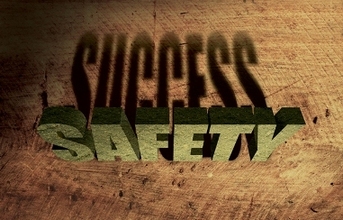
Manufacturing in India could be poised for breakthrough growth. With China becoming more expensive (rising labour costs, appreciating currency), many countries are looking for alternatives. India with its lower costs, comfort with English language, and availability of skilled engineers, could become that alternate location of choice.
However, for this to happen, on a sustainable basis, a lot needs to be done in areas of land reforms, labour reforms, infrastructure development and tax simplification. This is the larger picture.
At the industry level, the pressing need will be to adopt the best manufacturing practices as a whole. While India already boasts of several world-class manufacturing plants, one area that we still lag behind global standards is the area of safety and environment. For many Global MNCs safety and environment are of paramount importance. They don't view safety or impact of their operations on environment as a "costly, nice to have", but as the most important aspect of doing business.
In fact, safety and innovation are closely related. Today, there are several innovative solutions that make manufacturing much safer. For example, we have applied some of our best manufacturing practices for innovation and safety in India, and will continue to do so.
Fuel leak detection systems
On October 29, 2009, at 7:30 PM, a major fire broke out at an Indian Oil Corporation (IOC) tank terminal near Jaipur. The tank was holding 8,000 kilo litres of oil. This fire killed 12 people and injured over 200. The blaze continued to rage out of control for over a week after it started and during that period, half a million people were evacuated from the area.
The incident occurred when petrol was being transferred from the IOC's oil depot to a pipeline. The cause was a leak that set fire to 50,000 kilo litres (1,800,000 cu ft) of diesel and petrol out of the storage tanks at the IOC Depot. This fire could have been prevented with innovations like the fuel leak detection system.


























